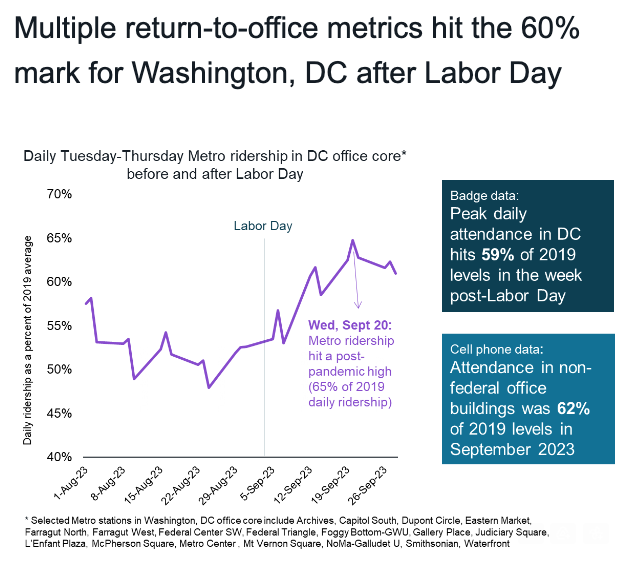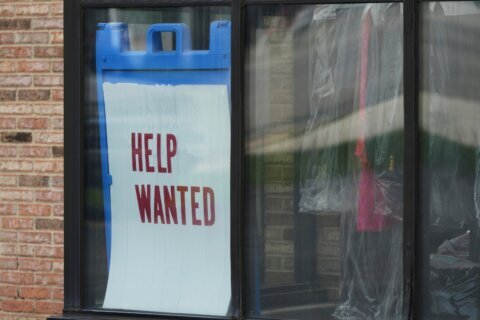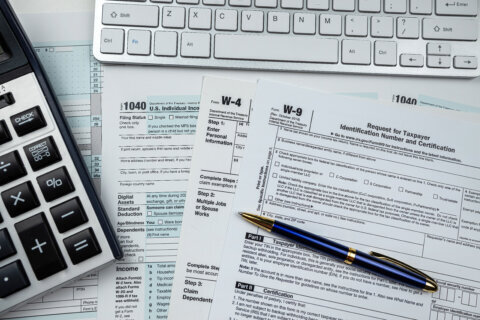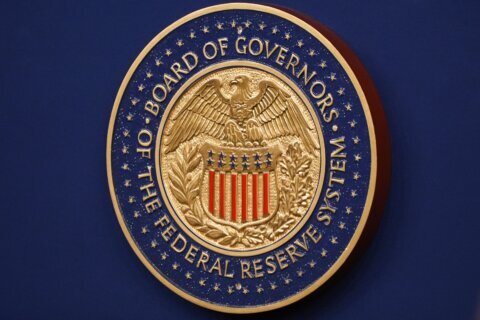There are still a lot of empty offices and cubicles in downtown D.C. office buildings, but real estate services company JLL reports overall office occupancy jumped to post-pandemic highs after Labor Day.
The return by federal government employees appears much slower.
Office building badge swipes in downtown D.C. shows in-office attendance in midweek after Labor Day has averaged 56% of pre-pandemic levels, and it hit a post-pandemic high of 59% on the second Tuesday after Labor Day.
Metro ridership grew to an average of 60% of 2019 ridership in the three weeks after Labor Day, and hit a post-pandemic high of 65% on the third Wednesday after Labor Day.
The slower return of federal government employees remains a drag on both overall office occupancy rates and Metro ridership.
JLL used cellphone data to estimate attendance in 77 nonfederal office buildings in D.C.’s central business district, and 16 federal office buildings in Southwest and NoMa.
As of September, return-to-office rates in nonfederal office buildings were at 62% and growing, compared to 33% in the federal buildings it tracked. And that is despite the growing pressure on agencies to RTO, or return to the office.
“Mandates from agencies, along with calls from the White House, Congress, and the D.C. government to really accelerate RTO have been met with pretty heavy pushback by employee labor unions, dragging down the actual RTO rates,” said Michael Hartnett, head of JLL’s Mid-Atlantic research time.
Those mandates are also, unintentionally, seeking to reverse not only a COVID-19 pandemic shift, but federal agency work arrangements that go back long before the pandemic.
“The federal government has a really long history of piloting telework and flexible arrangements well before the pandemic, in fact more than a decade ago. And one of the reasons is that telework was viewed as a recruitment tool and a retention tool by government agencies, and still is to this day,” Hartnett said.









